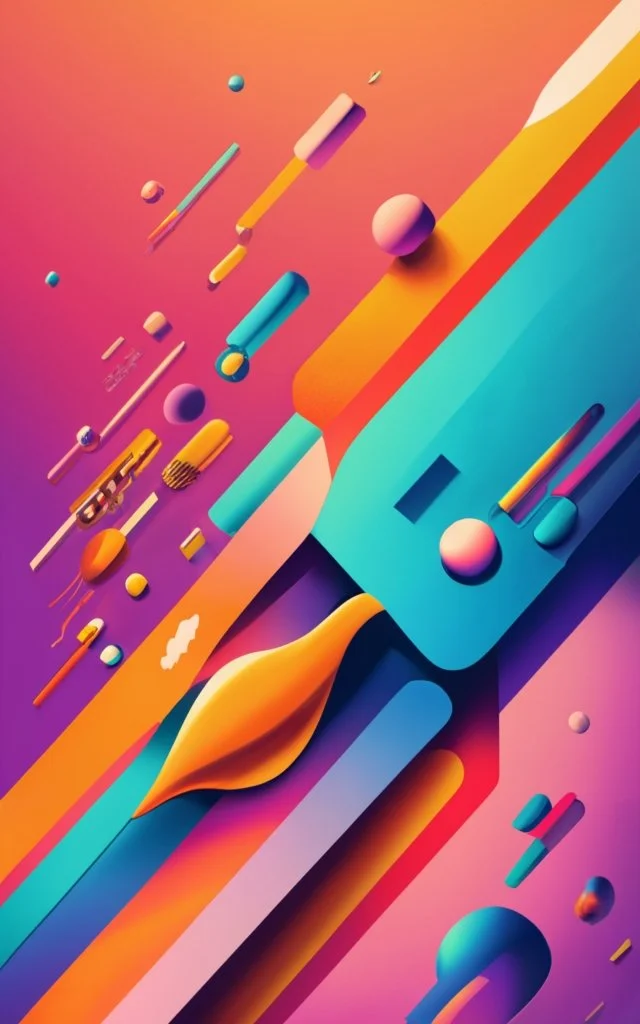From analog to digital
Digital art and design have transformed the creative landscape, offering endless possibilities for artists and designers worldwide. The roots of digital art can be traced back to the 1950s when artists began utilizing computers for artistic creations. Over the years, advancements in technology have led to the development of sophisticated tools and software, allowing artists to push the boundaries of their imagination.
Today, digital art and design are integral parts of various industries, including advertising, entertainment, gaming, and digital marketing. Artists and designers now have access to a wide range of tools such as Adobe Creative Suite, Procreate, and Blender, enabling them to bring their ideas to life with precision and creativity.
The mass adoption of digital art and design tools has democratized creativity, allowing aspiring artists to showcase their talent online and reach a global audience. This has led to an increase in demand for skilled digital artists and designers across industries, creating new job opportunities in fields such as graphic design, animation, UI/UX design, and digital illustration.
Looking towards the future, the evolution of artificial intelligence and augmented reality is set to revolutionize the digital art and design landscape further. These technologies will offer new ways for artists and designers to create immersive and interactive experiences, shaping the way we engage with art in the digital realm. As digital art continues to evolve, embracing innovation and pushing boundaries will be key to staying at the forefront of this dynamic and ever-changing field.
-
Add a short summary or a list of helpful resources here.
